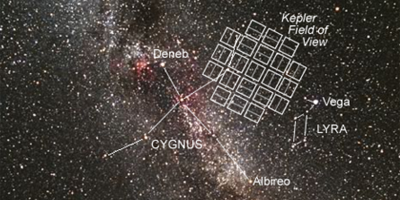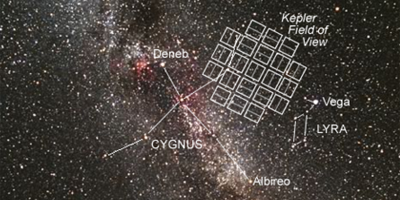Searching for Dark Matter in Exoplanet Data
Our galaxy could be filled with asteroid-size black holes that presumably formed shortly after the big bang. If they exist in large numbers, these so-called primordial black holes would serve as the dark matter that keeps stars gravitationally glued inside galaxies. None of these primordial black holes have been detected so far, but a new theoretical analysis described in Physical Review Letters demonstrates that a current planet-hunting mission is well placed to search for them.
As dark matter candidates go, primordial black holes are widely considered to be the dark horse. Previous astronomical searches for these objects came up empty, so many cosmologists put their money on the alternative candidate: a weakly interacting particle that physicists hope to find in accelerators or other experiments.
Still, there is a mass range of relatively small primordial black holes that has yet to be ruled out. Kim Griest, of the University of California in San Diego, and colleagues believe that part of this “observational gap” could be explored by piggybacking on a separate astronomy survey. NASA’s Kepler satellite was designed to search for planets around 150,000 stars (in a single field of view) that are relatively close to Earth. A planet passing in front of one of these stars dims the starlight by a small amount. Conversely, a black hole passing between us and a Kepler star would have the opposite effect: it would act as a lens and brighten the starlight. The authors calculate that Kepler is the first instrument sensitive enough to detect this so-called microlensing for black holes with masses of around of an Earth mass. – Michael Schirber





